The Centre of Qualitative Research at Bournemouth University is pleased to announce its next Masterclass in Appreciative Inquiry: 22nd May 2014
Venue: Bournemouth University, Executive Business Centre, 3rd Floor. Book your place now. This masterclass will focus on the use of Appreciative Action Research as an approach to research and development.
Who should attend: The masterclass is suitable for postgraduate students, academics and professionals who are looking for an introduction to Appreciative Inquiry.
Masterclass facilitated by: Professor Belinda Dewar is the Professor of Practice Improvement at the University of the West of Scotland. She has been working with nurses, allied health care professionals, patients, residents and families in a range of care settings over the last 25 years to support improving the experience of giving and receiving care. She is recognised nationally and internationally for her work on caring and methodologies for improvement which include Action Research and Appreciative Inquiry, as well as designing and delivering innovative transformational leadership programmes.
Schedule: The day will start at 9.30am and finish around 4.15pm. There will be a mixture of seminars with discussions, Q&A sessions and group activities.
Cost: The fees are as follows: External delegates £95, BU staff £80, BU students £50 and Non BU students £75. The price includes lunch and refreshments and all class materials. Accommodation and travel costs are not included.
To book your place, please use our online booking form. Book your place by Monday 19th May 2014.
For more information, please contact 01202 962184 or email wellbeing@bournemouth.ac.uk
Best wishes Caroline Ellis-Hill
Masterclass Co-ordinator and Senior Lecturer at BU

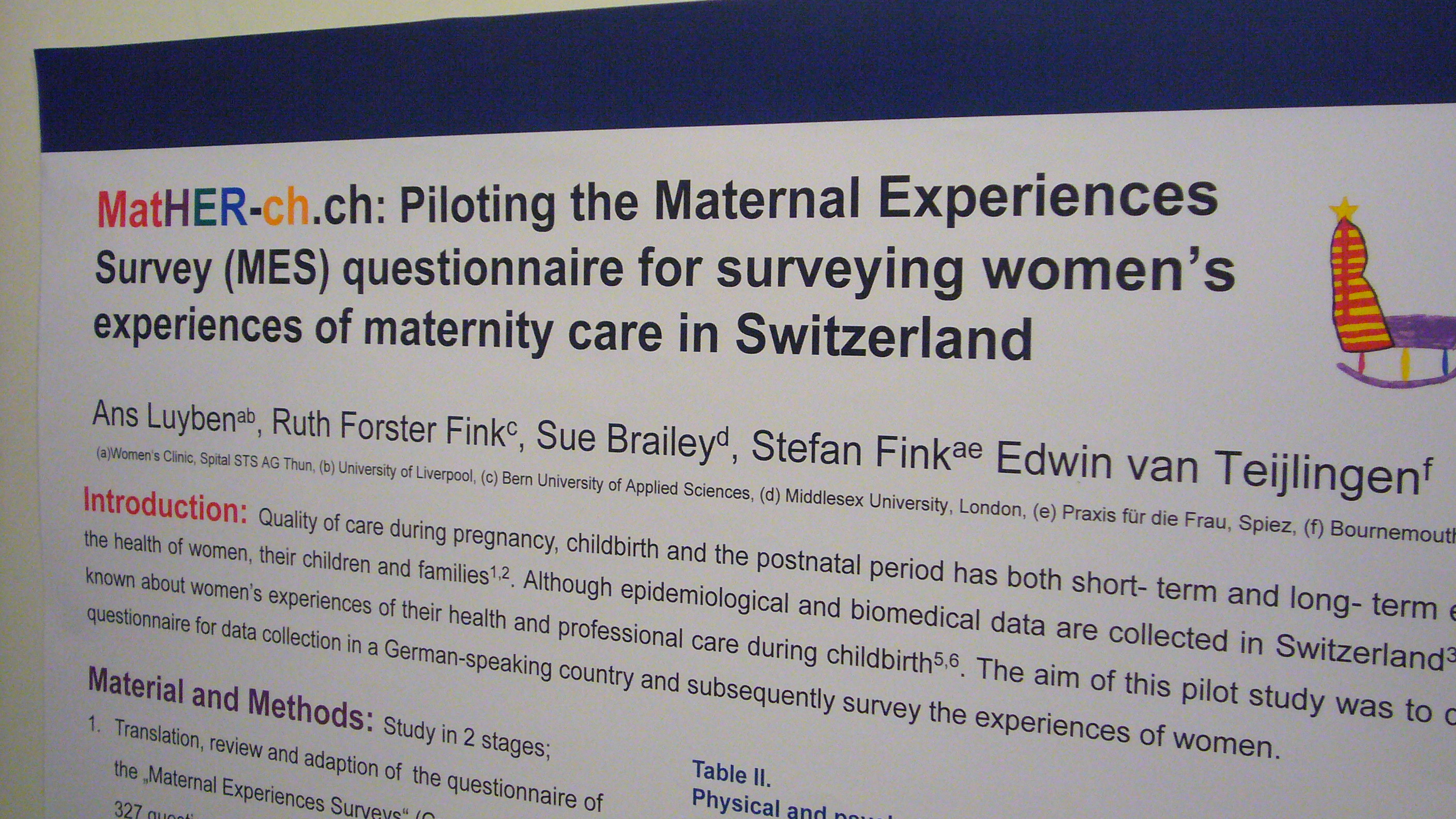
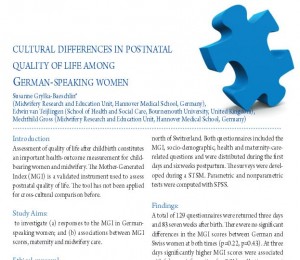
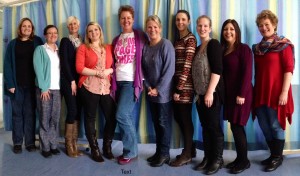
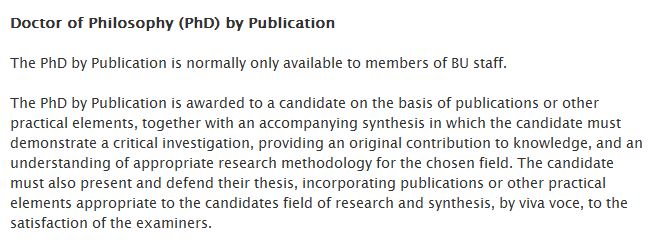















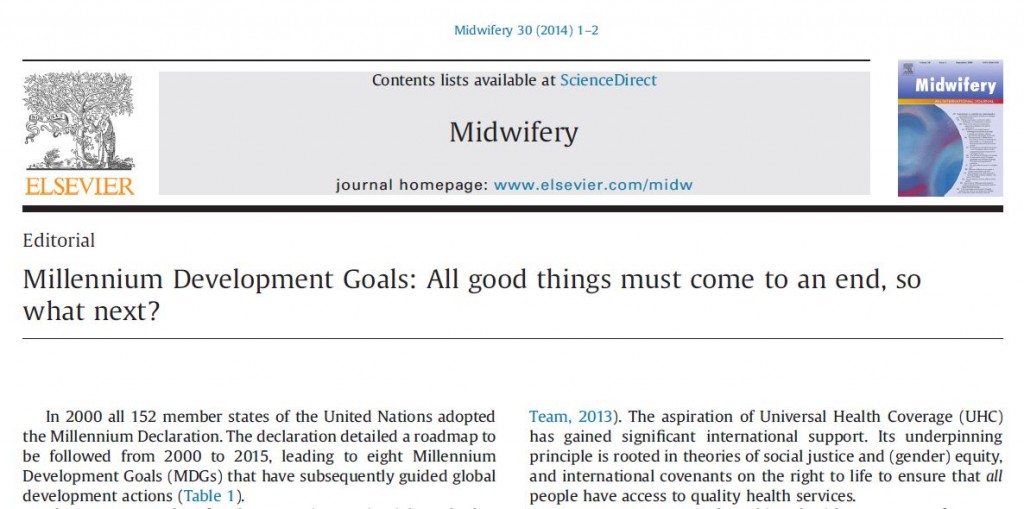
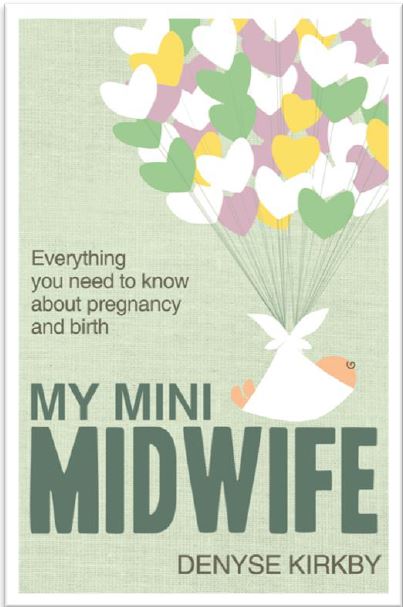

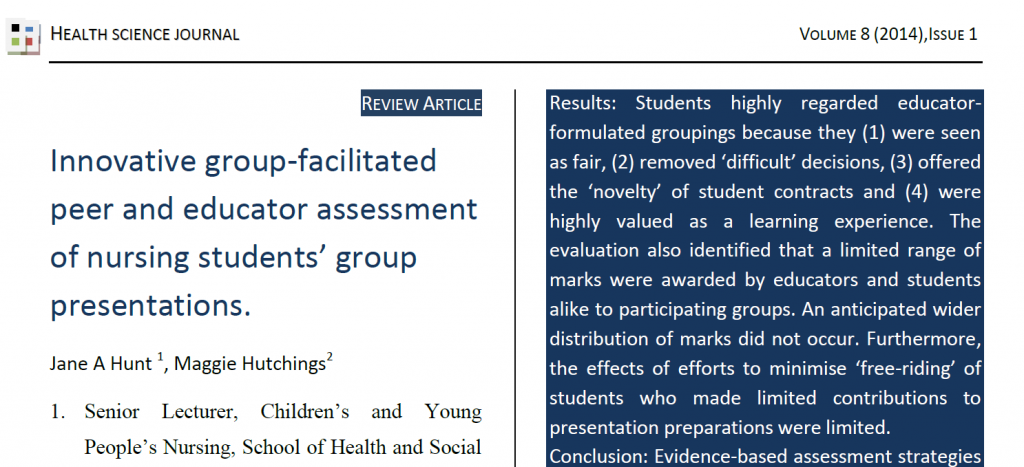











 Fourth INRC Symposium: From Clinical Applications to Neuro-Inspired Computation
Fourth INRC Symposium: From Clinical Applications to Neuro-Inspired Computation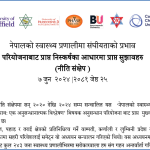 Writing policy briefs
Writing policy briefs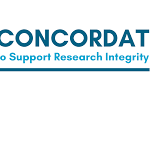 Upholding Excellence: The Concordat to Support Research Integrity
Upholding Excellence: The Concordat to Support Research Integrity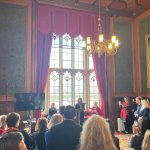 Today’s Documentation Will Serve Tomorrow’s Justice
Today’s Documentation Will Serve Tomorrow’s Justice ECR Funding Open Call: Research Culture & Community Grant – Application Deadline Friday 12 December
ECR Funding Open Call: Research Culture & Community Grant – Application Deadline Friday 12 December MSCA Postdoctoral Fellowships 2025 Call
MSCA Postdoctoral Fellowships 2025 Call ERC Advanced Grant 2025 Webinar
ERC Advanced Grant 2025 Webinar Horizon Europe Work Programme 2025 Published
Horizon Europe Work Programme 2025 Published Horizon Europe 2025 Work Programme pre-Published
Horizon Europe 2025 Work Programme pre-Published Update on UKRO services
Update on UKRO services European research project exploring use of ‘virtual twins’ to better manage metabolic associated fatty liver disease
European research project exploring use of ‘virtual twins’ to better manage metabolic associated fatty liver disease